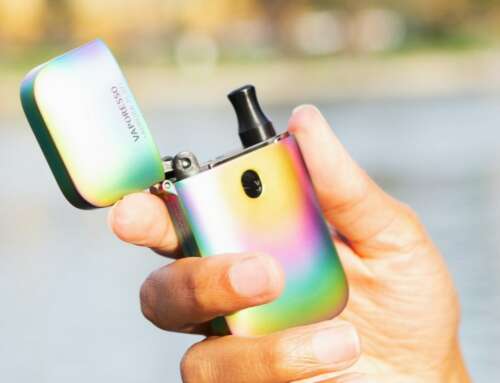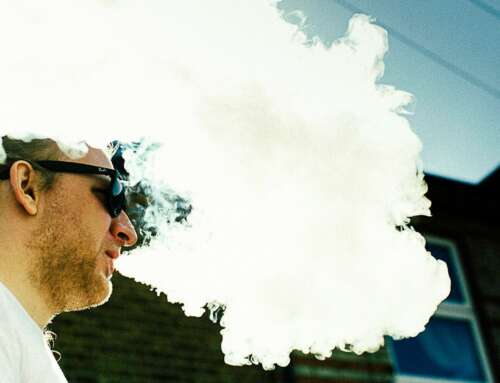“What’s the safe age to start drinking?”
This is a very common question that students, teachers and parents ask when talking about the risks of drinking. Whilst the legal age for drinking in Australia is 18 years, there are many different opinions about when and how it is safest for a person to try alcohol for the first time. Our advice on this issue is to keep in mind that alcohol is a drug, and like any drug, it can never be considered to be completely ‘safe’.
The Australian Alcohol Guidelines state that for those under 18, not drinking alcohol is the safest option and those aged under 15 are at the greatest risk of harm. Young people are particularly at risk of harm from alcohol because it can impact on their brain development. A person’s brain is continuing to develop from the early teenage years until at least their mid-20s. The final areas of the brain to develop are those that allow a person to accurately assess risks and decide on an appropriate way to behave in a given situation. Young people are therefore more likely to engage in risk-taking behaviour than older people, and this is even more the case if alcohol is involved.
Research is clear that the older a person is before they have their first drink, and the less they drink overall, the safer they will be. Not drinking is the safest option and an increasing number of young people are choosing not to drink. However, we know that even after all the warnings, some young people will still choose to drink. So what advice can we give those people so that they stay as safe as possible?
- Delay drinking as long as possible.
Even at low levels (2 standard drinks or less), 15- to 17-year-olds report twice as much harm from their drinking as those aged 18-19. People aged under 25 are also the most likely to be involved in alcohol-related road trauma. Nearly all alcohol-related harms decline with age. When it comes to drinking, the older a person is when they start, the better.
- Drink less.
The more a person drinks, the higher their risk of harm. Limiting the amount of alcohol consumed can also reduce the risk. There are also substantial benefits to drinking less, such as having more cash at the end of the night and being a better mate in a time of need!
- Know their limits.
Age, gender, body size, metabolism, fitness, previous drinking experience, if they have eaten beforehand, and many other factors can influence how a person responds to alcohol. A rapid spike in the concentration of alcohol in the bloodstream can cause a wide range of harms. If a person chooses to start drinking, it is important they start small and slow, so they can more safely discover how alcohol affects them.
- Avoid alcohol if taking other drugs or medication.
The risk of harm is higher if 2 or more drugs are used at the same time. This is particularly the case for using alcohol and illicit drugs, but alcohol can also interact with legal and prescription drugs. Alcohol should be avoided if any other drug is being taken, especially if there is a known interaction with alcohol.
As we tell students in our Party Safe Education seminars: When it comes to drinking, older is safer, less is safer, but no alcohol is the only option that is guaranteed to be completely safe.
– Andrew Scholefield
More information about Encounter Youth and their Party Safe Education seminars is available from their website www.encounteryouth.com.au.
Image from Unsplash







Leave A Comment